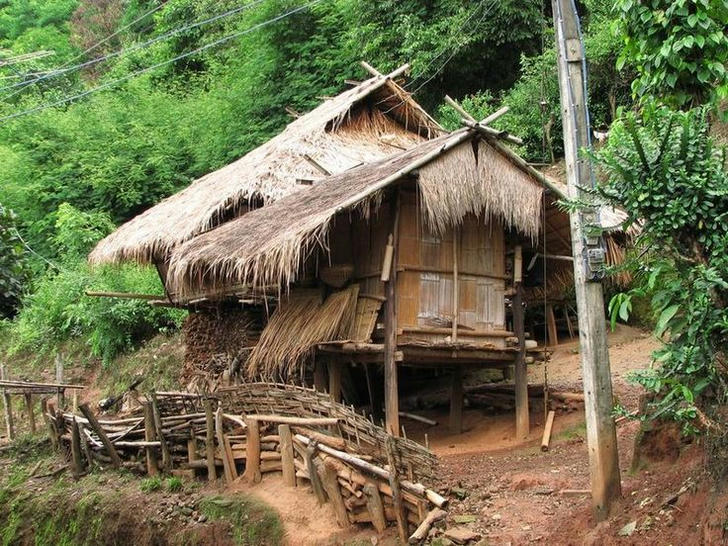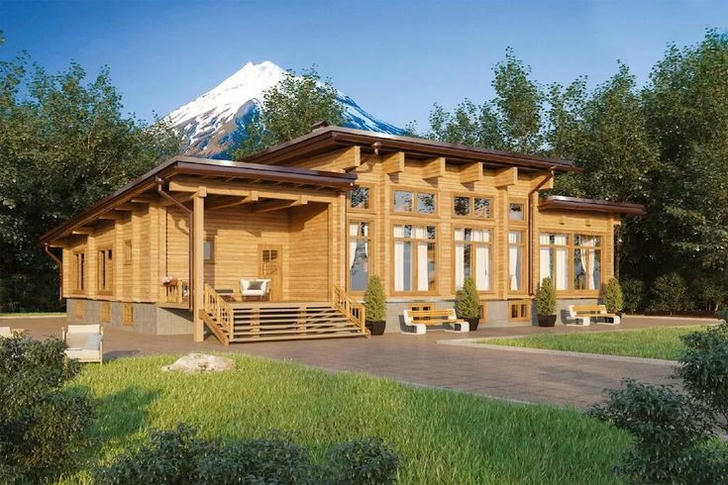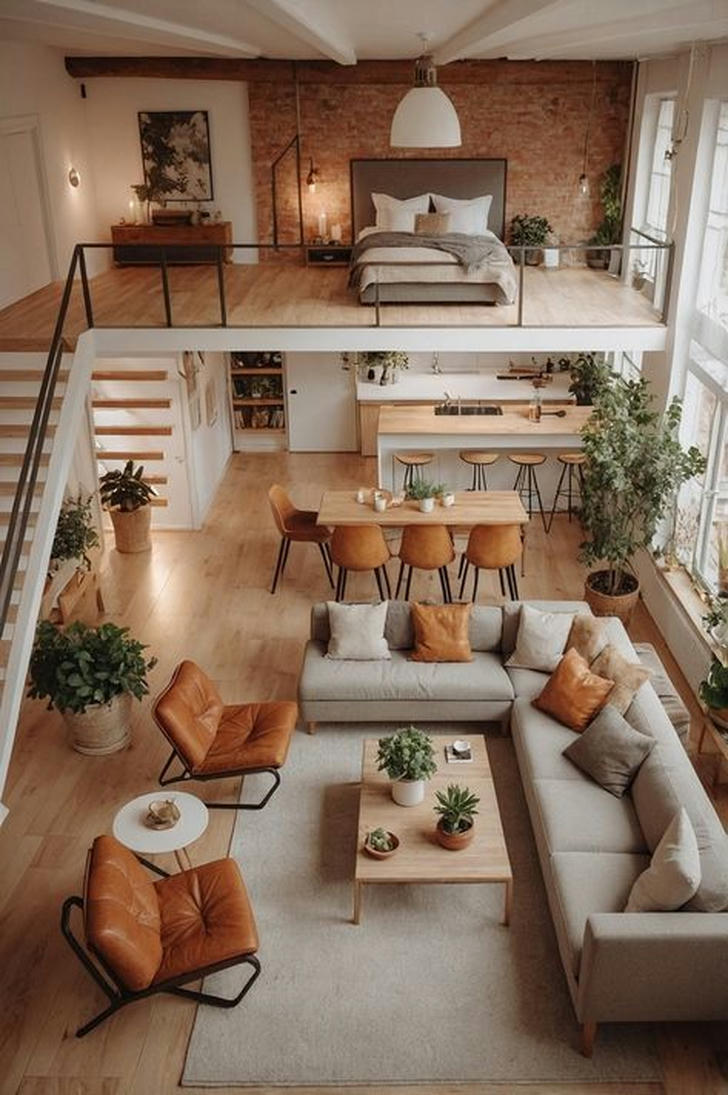From Tradition to Modernity: The Evolution and Development of Log Cabins
The design and construction of log cabins have a long history, dating back to their origins in Northern Europe and North America. Traditional log cabins are known for their simple, practical structures and use of natural materials. Over time, this architectural form has undergone significant evolution, gradually incorporating modern design concepts and technologies.

Characteristics of Traditional Log Cabins
Traditional log cabins typically use untreated wood, offering a sturdy structure with good insulation properties. They are primarily designed for practicality and are often found in rural or mountainous areas. These cabins usually feature only basic living facilities, emphasizing harmony with the natural environment. For example, many early cabins used natural stone for foundations, while wood was employed for walls and roofs, creating a simple yet robust appearance.
Influence of Modern Design
Entering the 21st century, the design of log cabins began to be influenced by modern architectural styles. Contemporary designers started to prioritize spatial flow, natural light, and the use of eco-friendly materials. Many newly constructed log cabins now feature large windows, open-space layouts, and modern amenities, aiming to enhance comfort and functionality.

User Case Analysis
Consider a young couple who, while searching for the ideal vacation retreat, decided to choose a modern log cabin. This cabin blends traditional timber structure with modern design elements, featuring a highly functional interior. It includes an open kitchen, spacious living room, and large glass doors leading to a balcony, creating a seamless connection between indoor and outdoor spaces. Their choice not only reflects a love for nature but also meets the convenience of modern living.
The Future of Sustainable Development
With growing environmental awareness, future log cabins will increasingly focus on sustainable development. Designers are exploring more green building materials and innovative technologies to meet modern living demands. For instance, some projects are utilizing Cross-Laminated Timber (CLT) technology, which is lightweight yet structurally strong, suitable for building larger and more complex log structures.
Incorporating smart home systems into designs is also a significant trend. Through smart technology, residents can more conveniently manage energy use, enhancing the convenience and comfort of living. For example, automated blinds and smart lighting systems can adjust according to external conditions, further optimizing the living experience.

The evolution of log cabins reflects changing lifestyles, transitioning from traditional simple dwellings to modern comfortable homes. By merging traditional building techniques with contemporary design concepts, log cabins maintain a connection to nature while satisfying modern demands for functionality and aesthetics. With the deepening focus on sustainable development, future log cabins will provide ideal living spaces for more people.
